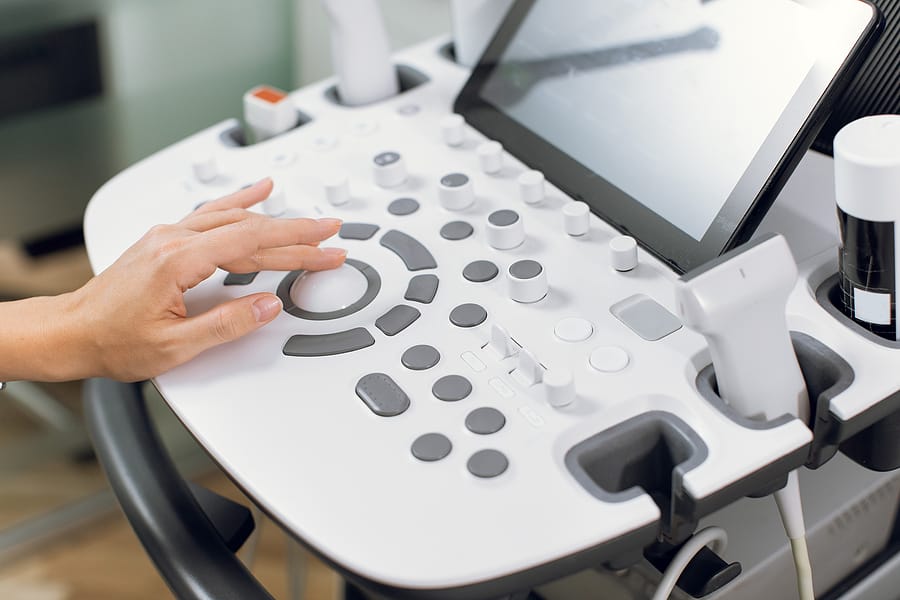Becoming a diagnostic medical sonographer necessitates a multifaceted approach that encompasses education, practical training, and certification. This profession, integral to modern healthcare, employs ultrasound technology to visualize internal body structures, facilitating accurate diagnosis and treatment plans. This comprehensive guide outlines the necessary steps to embark on a career in this field, providing a thorough understanding of the educational pathways, certification processes, essential skills, and potential career opportunities.
1. Understanding the Role of a Diagnostic Medical Sonographer
A diagnostic medical sonographer, often referred to simply as a sonographer, is a specialized healthcare professional who utilizes ultrasound equipment to produce images of the body. These images are pivotal for diagnosing conditions related to organs, tissues, and blood flow. Sonographers operate sophisticated imaging technology, analyze the resulting images, and collaborate with physicians to ensure optimal patient care.
Sonographers work in various settings, including hospitals, clinics, private practices, and specialized imaging centers. They may focus on specific areas such as obstetrics, cardiology, or vascular sonography, allowing for a range of career paths within the broader medical imaging spectrum.
2. Educational Requirements
The educational journey toward becoming a diagnostic medical sonographer typically includes the pursuit of an associate or bachelor’s degree in diagnostic medical sonography or a related field. Many accredited programs offer curriculum that blends theoretical coursework with hands-on clinical practice. Key subjects include anatomy, physiology, medical ethics, and instrumentation principles.
During the degree program, students undertake essential clinical rotations, which allow them to apply their knowledge in real-world settings. These experiences are crucial for developing practical skills and understanding patient interactions, while reinforcing the theoretical aspects of sonography.
Moreover, prospective sonographers with a background in nursing or radiologic technology may have the option of pursuing a post-degree certificate in sonography, which usually requires a year of optimized studies and clinical training.
3. Certification and Licensure
4. Essential Skills and Competencies
5. Career Opportunities and Specializations
The field of diagnostic medical sonography presents an array of career opportunities. Sonographers can specialize in various domains, including but not limited to:
– **Obstetric and Gynecological Sonography**: Focused on imaging pregnant women and assessing fetal development.
– **Cardiac Sonography**: Centered on imaging the heart and circulatory system to assist in diagnosing cardiovascular conditions.
– **Vascular Sonography**: Involves imaging blood vessels to identify blockages or abnormalities.
– **Abdominal Sonography**: Targets imaging of organs within the abdominal cavity, including the liver, kidneys, and gallbladder.
Furthermore, experienced sonographers may assume leadership roles or specialize in clinical education, assisting in training the next generation of practitioners. The demand for skilled sonographers continues to rise, creating opportunities for employment across various healthcare settings.
6. Continuing Education and Professional Development
To maintain certification and remain abreast of evolving practices and technologies, sonographers must engage in continuing education. This commitment may include attending workshops, contributing to professional organizations, or pursuing additional certifications in new specialties. Lifelong learning is essential to ensure optimal patient care and adherence to industry standards.
7. Conclusion
In conclusion, the pathway to becoming a diagnostic medical sonographer is characterized by rigorous academic and practical training, culminating in certification and licensure. As an essential component of healthcare, sonographers play a vital role in the diagnostic process, utilizing advanced imaging techniques to provide critical information for patient care. With a wealth of specialization options and continuous educational opportunities, this profession not only offers personal fulfillment but also contributes significantly to the advancement of medical science.












